ISO22000 FSMS Hazard Analysis Procedure Word Product Description
The ISO22000 FSMS Hazard Analysis Procedure Word product is a comprehensive tool designed to help businesses in the food industry identify and manage potential hazards in their operations. This product is a Word document that contains a step-by-step guide on how to conduct a hazard analysis, as well as templates and forms that can be customized to fit the specific needs of your business.
The ISO22000 FSMS Hazard Analysis Procedure Word product is based on the ISO 22000 standard, which is an internationally recognized standard for food safety management systems. By using this product, businesses can ensure that they are complying with the requirements of the standard and are taking the necessary steps to prevent food safety hazards from occurring.
The hazard analysis procedure included in this product covers all aspects of food production, from raw materials to finished products. It includes a detailed process for identifying potential hazards, assessing their severity and likelihood of occurrence, and determining the appropriate control measures to prevent them from happening.
In addition to the hazard analysis procedure, this product also includes templates for documenting the results of the analysis, as well as forms for tracking corrective actions and monitoring the effectiveness of control measures. These tools can help businesses maintain a comprehensive record of their food safety management system and ensure that they are continuously improving their processes.
Overall, the ISO22000 FSMS Hazard Analysis Procedure Word product is an essential tool for any business in the food industry that wants to ensure the safety and quality of their products. By using this product, businesses can identify and manage potential hazards, comply with international standards, and maintain a comprehensive record of their food safety management system.
FSMS Hazard Analysis Procedure
The FSMS Hazard Analysis Procedure outlines the steps necessary for conducting effective hazard analyses that conform to statutory/ regulatory requirements and the company’s HACCP Plan. Most importantly the procedure results in safe end products. It applies to all company food products and to any process related to food safety. (10 pages, 2113 words)
FSMS Hazard Analysis Responsibilities:
The Food Safety Team Leader is responsible for conducting hazard analyses.
The Food Safety Team Leader is responsible for supervising hazard analyses, reporting results of such analyses to the rest of the Managers, and periodically reviewing food-safety-related processes to ensure hazards are accounted for and controlled.
Managers are responsible for ensuring implementation of effective hazard controls, assisting in development of food safety process revisions, as necessary, and for implementing revisions to those processes.
The Quality Assurance Manager is responsible for helping to improve hazard controls and food-safety-related processes.
FSMS Hazard Analysis Definitions:
Acceptable level – The level of a safety hazard considered to present, at worst, a risk the consumer would accept. The acceptable level of the final product, sometimes referred to as the “target level”, should be stated in the product description and set at or below any regulatory limits.
Critical Control Point (CCP) – A step at which control can be applied and which is essential to prevention or elimination of food safety hazards or reduction of that hazard to an acceptable level. Examples include cooking, mixing, transporting, and storing.
Flow Diagram – A schematic, systematic representation of the sequence and interactions of steps in a process. A flow diagram usually takes the form of a flowchart, where all steps in a process and their inputs and outputs (including byproducts and waste) are shown as boxes connected by (mostly) unidirectional arrows. Flow diagrams are sometimes referred to as “process maps”.
Food Safety Hazard – Biological, chemical, or physical agent in food, or condition of food, with the potential to cause an adverse health effect. Not to be confused with the term “risk”, which, in the context of food safety, is a function of the probability of an adverse health effect (e.g., becoming diseased) and the severity of that effect (death, hospitalization, absence from work, etc.) when exposed to a specified hazard.
Hazard Analysis – The process of collecting and evaluating information on hazards associated with the food under consideration to decide which are significant and must be addressed in the HACCP plan. A hazard analysis consists of two steps, identification and evaluation.
FSMS Hazard Analysis Procedure Activities
- Hazard Analysis- General Information
- Hazard Identification and Determination of Acceptable Levels
- Hazard Assessment
- Selection and Assessment of Control Measures
- Hazard Analysis Review
FSMS Hazard Analysis Procedure Forms


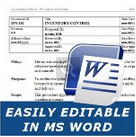
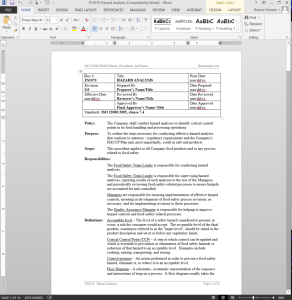

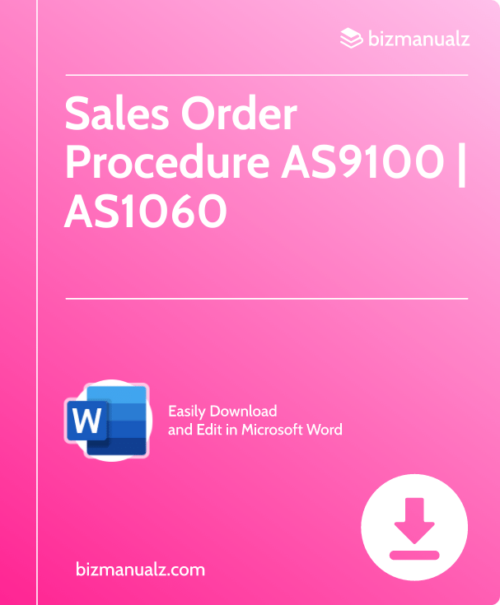
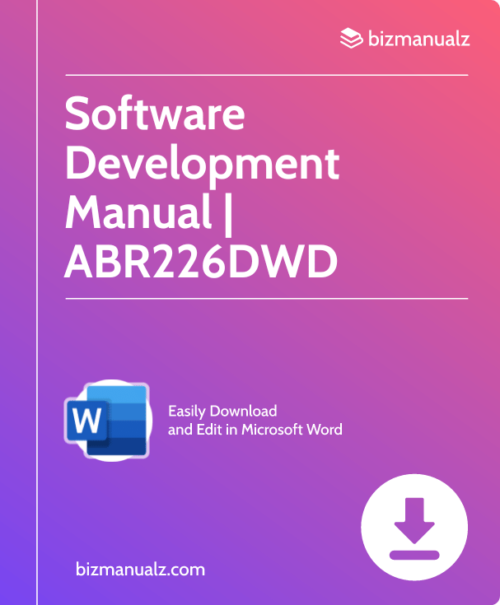
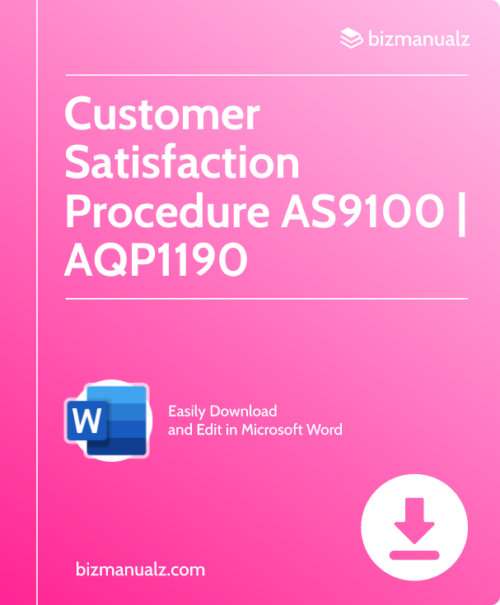













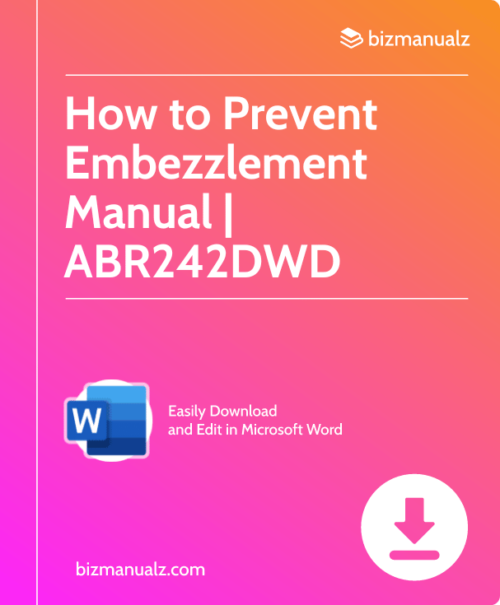
Reviews
There are no reviews yet.